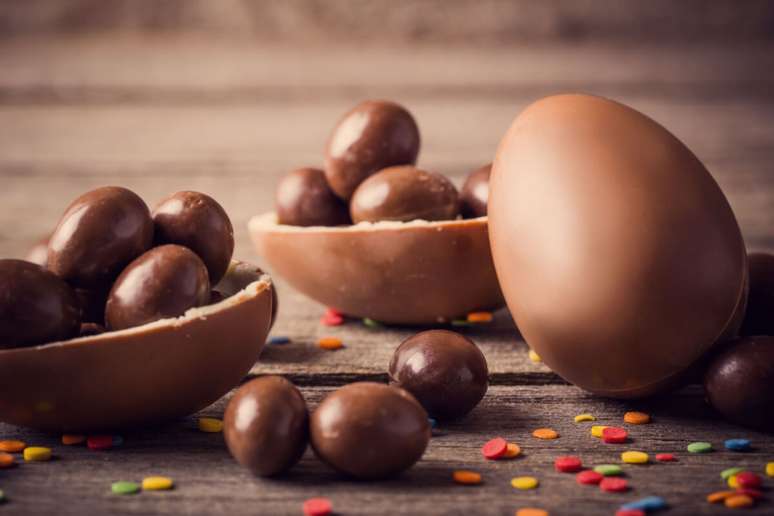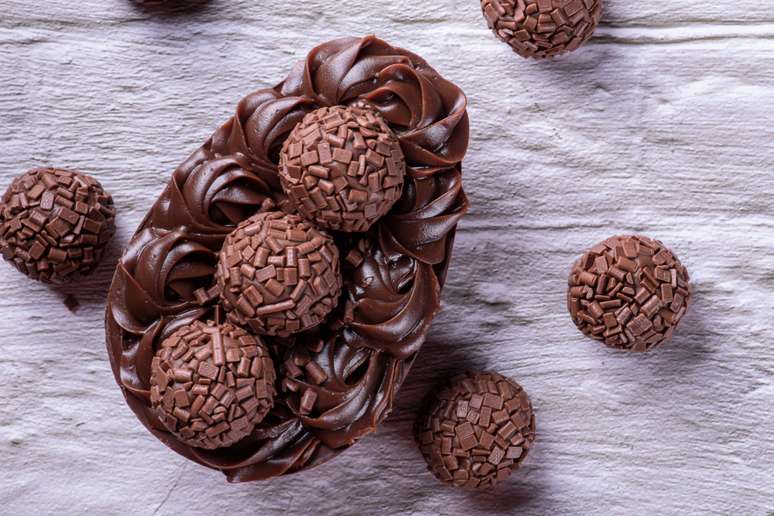Learn how to handle chocolate correctly and create amazing recipes
With the arrival of Easter, it is common to look for gifts that can surprise and please friends and relatives. And one of the most traditional items of that time is the chocolate egg. However, industrialized options can often be expensive and not taste as good as homemade options.
So it might be interesting to learn how to do it at home. In addition to being a fun and creative activity, making your own egg allows you to customize the gift according to the tastes and preferences of whoever receives it, and it can still be an opportunity to bring the family together around a tasty activity.
Next, take a look at the tips of Elaine Pigini, chef and gastronomy teacher, to prepare Easter eggs at home in an easy and practical way!
1. Use the right chocolate
For every recipe there is an ideal type of chocolate, so be very careful when choosing. Gourmet chocolate, for example, is ideal for making bars, Easter eggs and even creamy fillings. The fractionated, in turn, is indicated for toppings, chocolate baths, bonbon shells and Truffles.
2. Choose the blending technique
The correct melting and tempering (thermal shock) are responsible for the result of the product, in which the brilliance and resistance of the chocolate stand out. Therefore, follow the chosen process correctly and respect the temperature.
double boiler
Cut the chocolate into small pieces, place in a clean, dry, odorless container and set aside. On the side, bring a pot of water to the heat, letting it heat until it boils at the bottom of the pot and reaches 50ºC. Turn off the heat and place the container with the chocolate on it (a container larger than the pan, so that the chocolate do not come into contact with water vapour). Stir with a spatula until the chocolate is melted, use a thermometer to check the temperature, thus avoiding damaging the chocolate.
microwave
Cut the chocolate into equal pieces, place it in a dry, odorless refractory container and place in the microwave for 1 minute at medium power. Then remove, stir the chocolate and take 30 seconds on medium power until the chocolate melts completely. If the melt is less than 300g, start the process with 30 seconds on medium power.
melting machine
Follow the instruction manual, respecting the temperature of 50ºC.
3. Temper is essential
double boiler
Place the container with the chocolate melted to cool over a container of ice water (no ice cubes). Stir continuously until the chocolate has completely cooled and reaches the desired temperature, use a thermometer to ensure this.
Marble
Pour the melted chocolate onto a dry, clean, odorless marble stone. Make movements with the help of a spatula so that it cools evenly. Use the thermometer to check the temperature. Then put the chocolate back in the refractory and use it normally.
4. Beware of validity
There is no specific expiration date for each product, as it all depends on the handling, the hygiene of the place and what is used in the recipes. When the context is homemade, we must be particularly attentive to all this. Choose to sell the product that is always fresh, which will surely please your customers, will bring you compliments and will not endanger anyone’s health.

5. Be careful when using alcoholic beverages
Alcoholic beverages should only be used in recipes for the sake of taste, never for the sake of validity. Some people believe that drinking increases the shelf life of preparations, which is a myth. Therefore, if you want to use an alcoholic ingredient in the recipe, specify on the packaging that your product contains alcohol, thus avoiding major problems with children, people taking prescription drugs, among others.
6. Store chocolate properly
Chocolate it must always be kept in a cool and airy place; and in the refrigerator only at the time of preparation. Never store bars or ready-made products in the refrigerator, avoiding excess humidity and, consequently, loss of shine. Do not store chocolate in a damp, smelly place or with cleaning products.
7. Use creativity
Working with chocolate is always a pleasure and allows us to create, diversify and innovate. The market needs something new, so invest in developing differentiated products. Pay attention to the packaging, show affection for what you do, innovate, create and diversify.
Source: Terra
Ben Stock is a lifestyle journalist and author at Gossipify. He writes about topics such as health, wellness, travel, food and home decor. He provides practical advice and inspiration to improve well-being, keeps readers up to date with latest lifestyle news and trends, known for his engaging writing style, in-depth analysis and unique perspectives.








